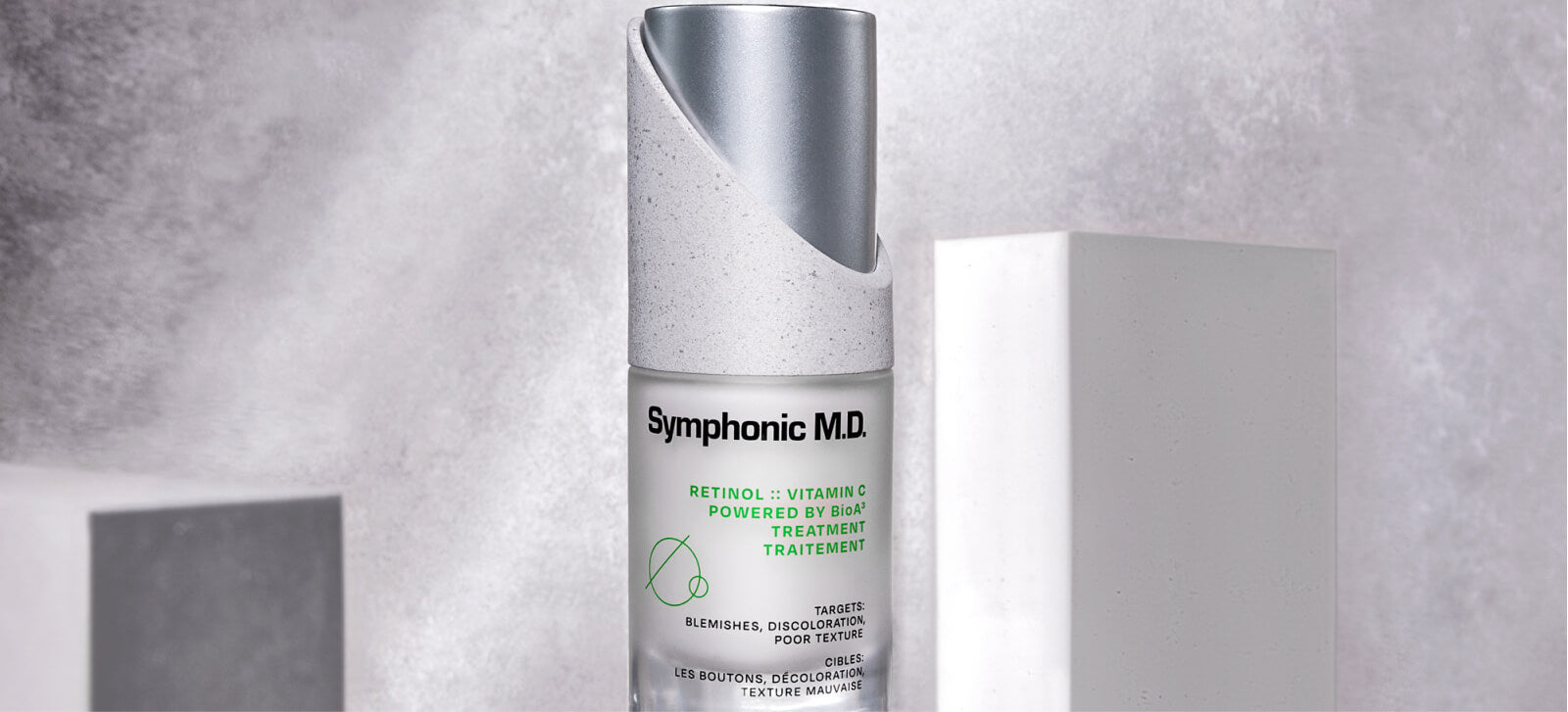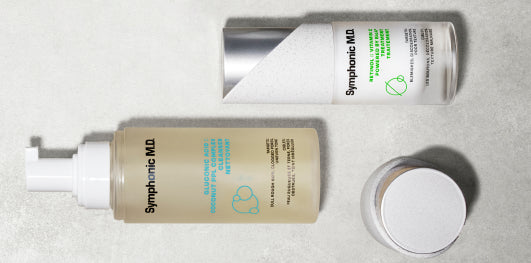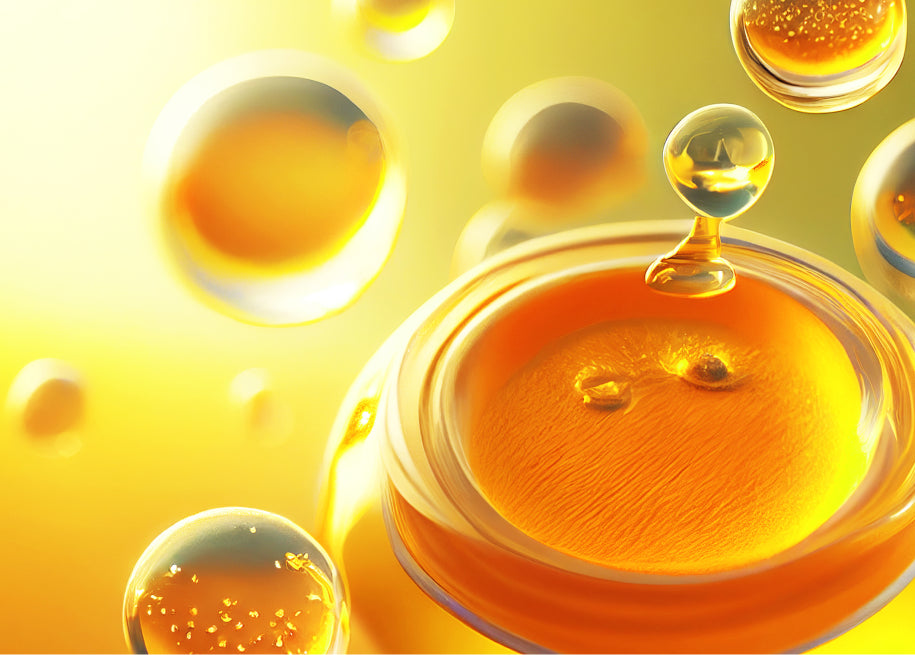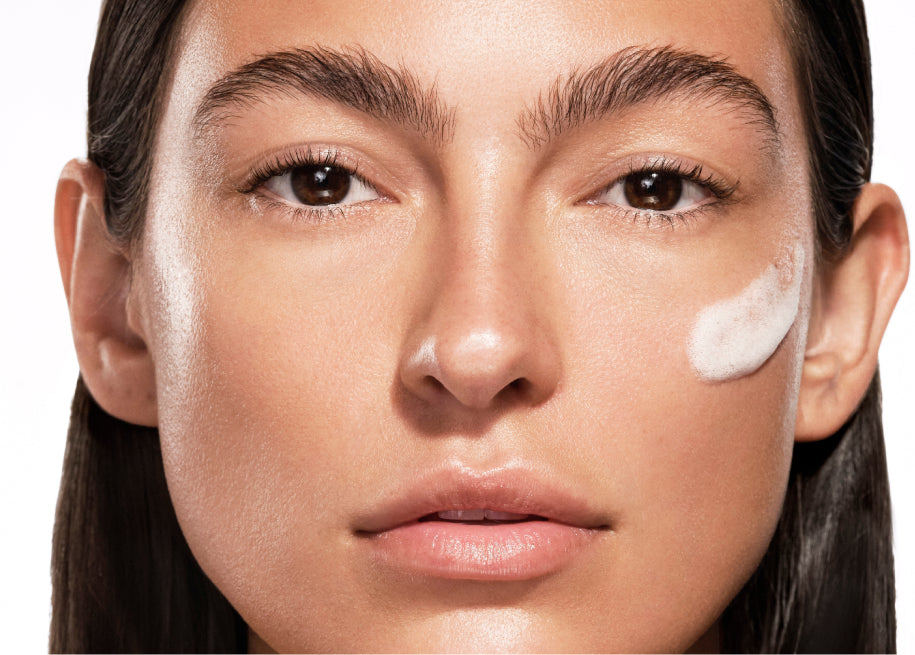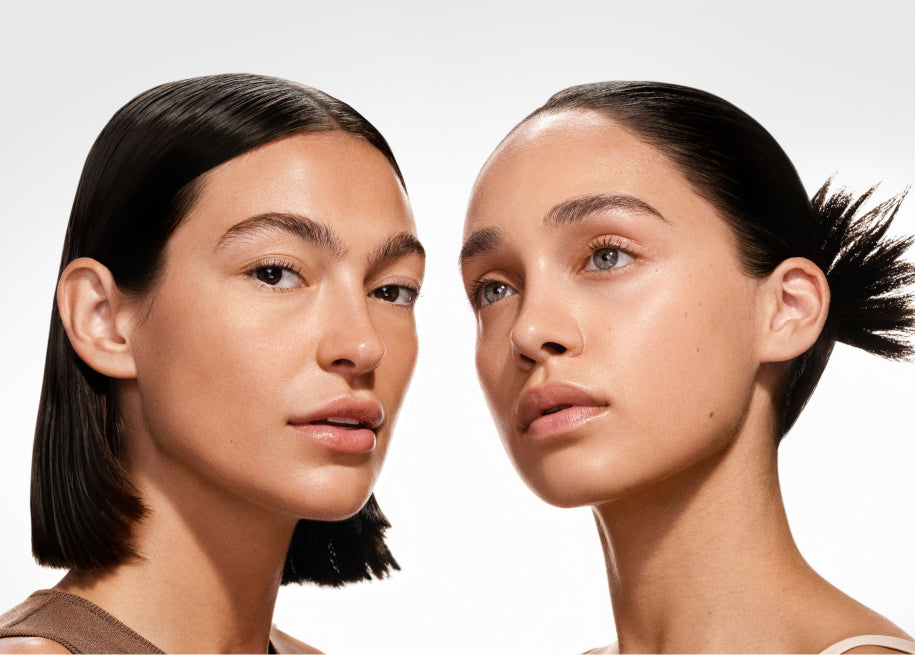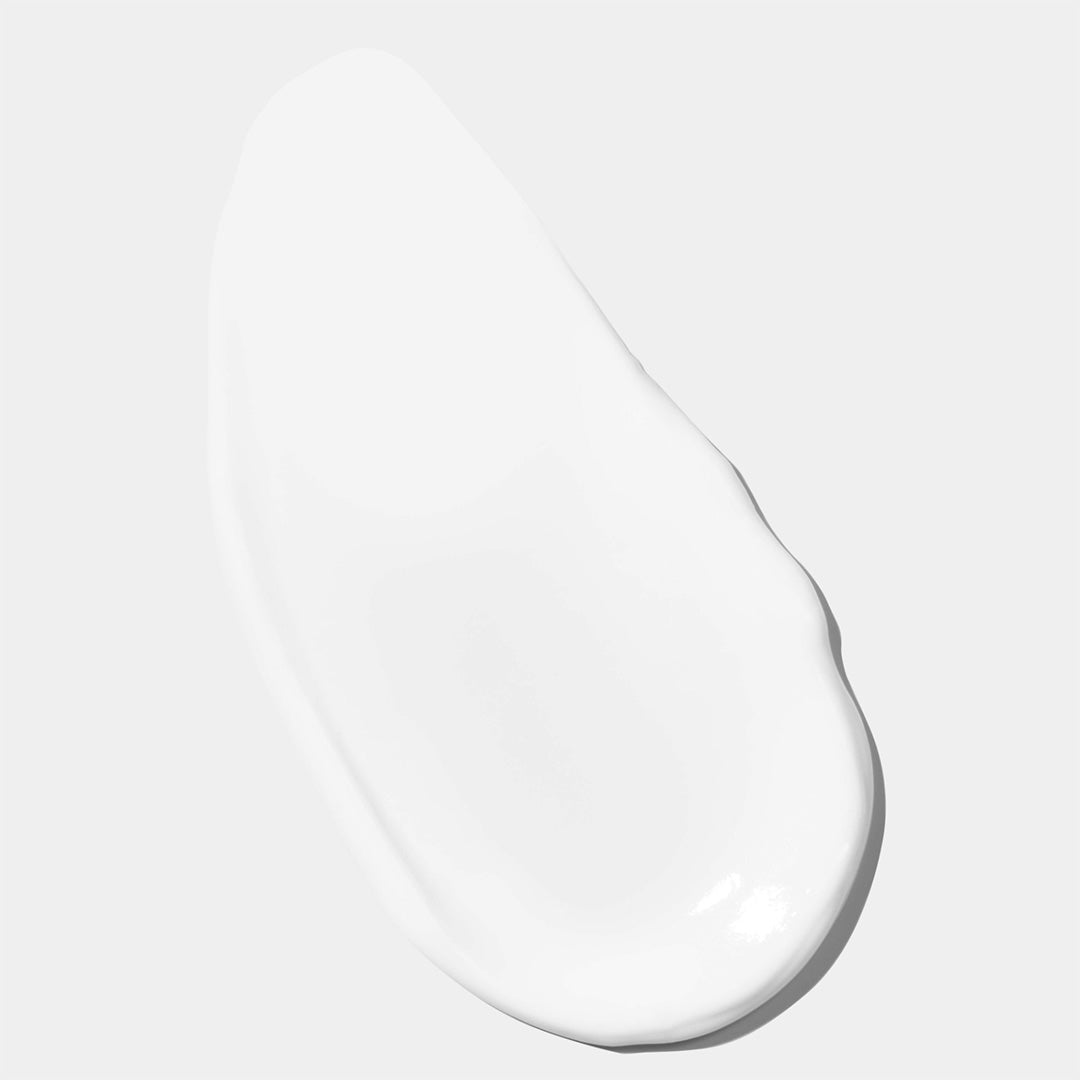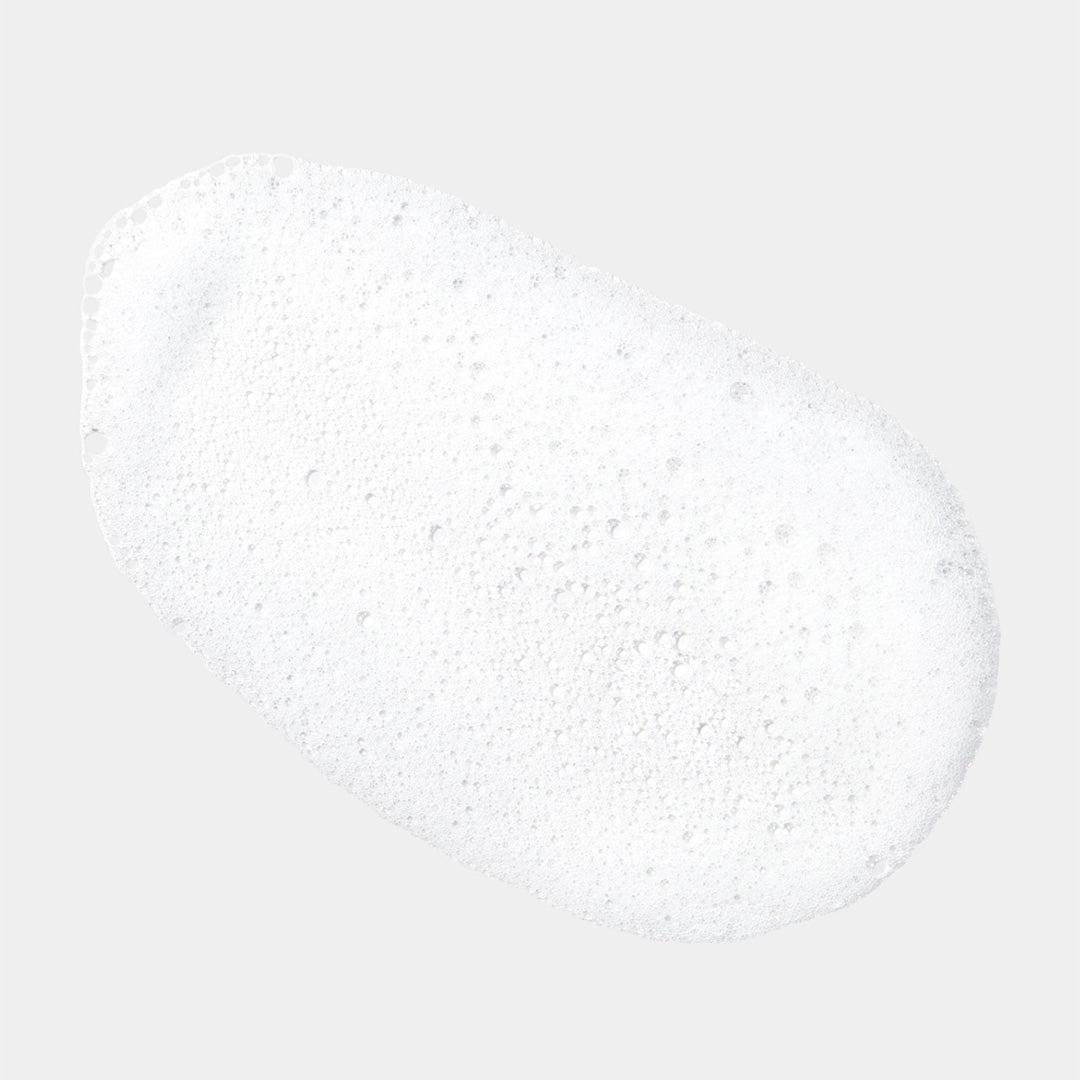When we talk about skincare problems., most people think of acne or uneven skin tone. But there's another, equally annoying aspect: uneven skin texture.
Rough skin, bumps, pits, and flaky patches can make you feel intensely self-conscious. It doesn't help that foundation can actually make bumpy texture more visible, instead of covering it up.
Your skin is naturally textured. Smooth skin without any pores would look strange! But if you'd like to smooth out your skin texture and reduce excess roughness, then there are things that can help.
Let's talk skincare products, treatments, and routines for uneven skin texture.
What is textured skin?
"Textured" is what we call skin that has raised or uneven patches. It covers bumps, enlarged pores, pits from acne scars, and rough or flaky areas of skin. Basically, anything that makes your skin look less than smooth and luminous.
Uneven skin texture often goes along with skin irritation, redness, or hyperpigmentation, but it can also happen on its own.
Where textured skin can appear
You can get bumpy or rough skin anywhere on your body. But chances are, if you're aware of uneven skin texture, it's on your face. That's because it's more visible — and because the skin on your face is naturally delicate.
What causes textured skin?
There are a long list of things which can cause bumpy skin or uneven texture. The good news is that some of them can be managed or avoided.
One of the biggest causes of uneven texture is sun damage. The sun sends out UVA rays and UVB rays, which both affect your skin in different ways. UVA increases melanin production, which can pigment your skin and create an uneven skin tone, while UVB has more of an effect on your skin texture. UVB rays make your skin cells die off faster than they normally would, which can lead to rough skin.
One of the biggest causes of uneven texture is sun damage.
A bumpy skin texture can also be caused by skin conditions such as psoriasis, contact dermatitis, or keratosis pilaris. When your skin is irritated, it often responds by becoming red, puffy, flaky or rough. Even acne can cause bumpy skin if you're unlucky enough to have bad scarring.
There's one more factor that affects skin texture that none of us can avoid: aging. As you get older, your body gets slower at shedding and replacing dead skin cells. You might notice that your skin looks more dull or uneven as you age.
Benefits of skincare for textured skin
The good news is that skincare can make a difference to all of these issues. The right skincare products and routine can reduce skin damage, help manage skin conditions, and even slow down signs of aging.
It's not a magic bullet. Skincare won't completely eliminate the natural texture of your skin; but it can improve the overall smoothness and brightness.
The right routine will look different for everyone. We all have a unique skin texture, biome, and body chemistry. Finding the right products can take time. You might also want to consult a dermatologist or skin care professional to get personalized recommendations.
We've put together 15 tips to get you started on your skincare journey — creating the perfect routine for rough or bumpy skin.
15 ways to improve skin texture
There are several ways that you can improve your skin texture: following a routine, using the right products, trying specific treatments, and making lifestyle changes.
We all have a unique skin texture, biome, and body chemistry. Finding the right products can take time.
1. Cleanse thoroughly
Every skincare routine should include cleansing your face at least twice a day. Cleansing your skin comes with a long list of benefits:
- Boosting cell turnover for younger skin.
- Removing dead skin cells which dull and disrupt skin texture.
- Washing away dirt, oil, sweat, and other impurities.
- Clearing pores to prevent acne and the risk of irritation or scarring.
We suggest using a gentle product like our Gluconic Acid :: Coconut PPL Complex Cleanser. The calming antimicrobial formula targets clogged pores, dull skin and uneven skin tone – gently shedding cells while strongly stimulating barrier repair to leave skin soft and purified.
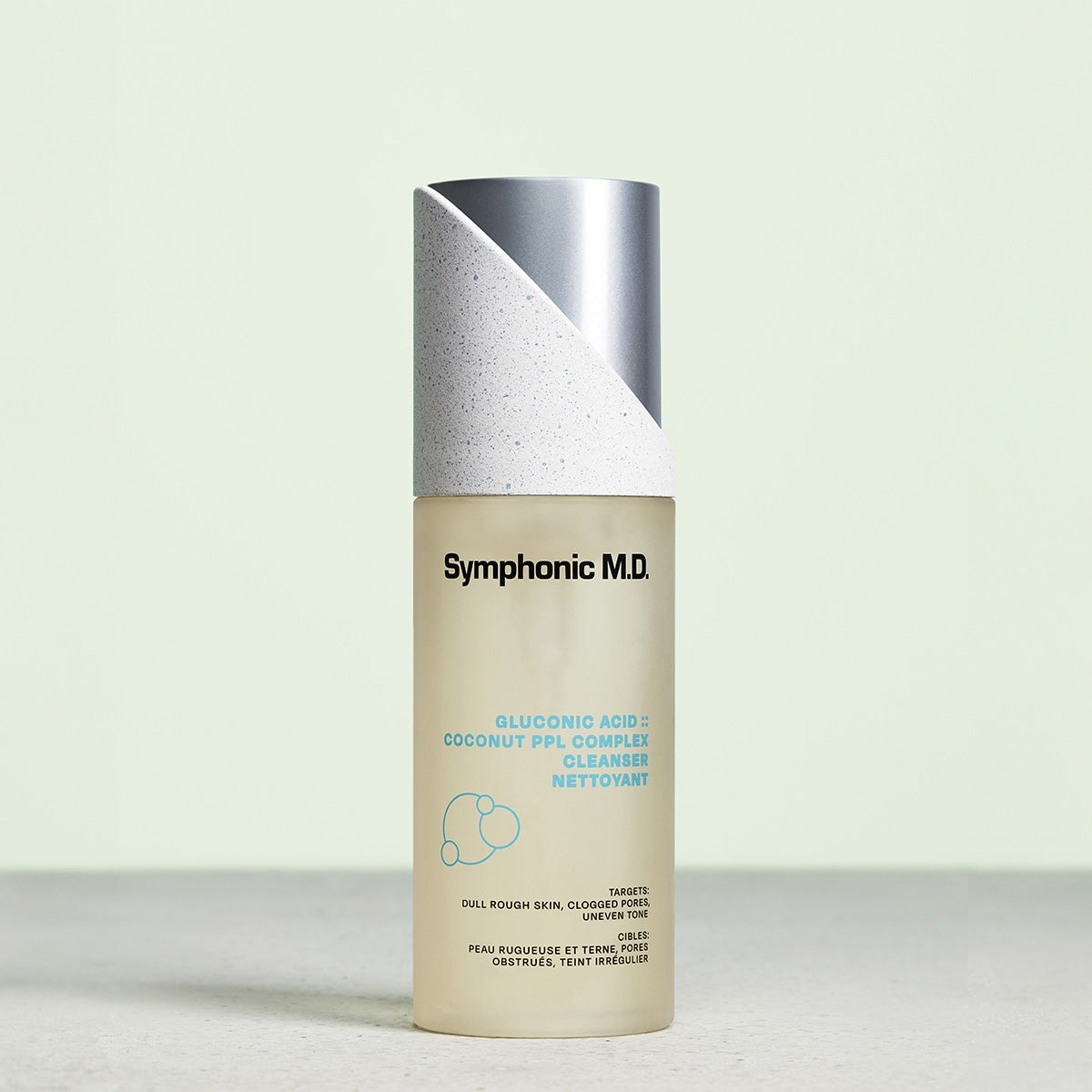
Gluconic Acid :: Coconut PPL Complex
This calming antimicrobial formula targets dull skin, clogged pores, and uneven tone — gently shedding cells while strongly stimulating barrier repair to leave skin soft and purified.
New to using facial cleansers? Discover essential tips on proper cleansing techniques, things to consider to get the most out of your cleanser, and the remarkable benefits of adding a cleanser to your skincare routine in our extensive guide: How To Use A Facial Cleanser
2. Exfoliate with glycolic acid
Unlike cleansing, you don't need to exfoliate your skin every single day. However, exfoliating regularly — say, once or twice a week — can make a big difference to your skin texture.
Avoid harsh, physical scrubs that could irritate your skin and cause more roughness or flaky skin. Remember those exfoliators with plastic beads in? Those are a no-no. Instead, look for gentle chemical exfoliants that use active ingredients to clear out your pores and refresh skin.
Glycolic acid is one of our favorite exfoliants. It works by dissolving the connections between dead skin cells and the fresh, younger skin underneath — so dead cells can be washed away effortlessly. Glycolic acid is gentle enough to use twice a week for most skin types, but it's highly effective at smoothing and brightening skin.
If glycolic acid isn't a good match for your skin, you could also try an exfoliant with alpha-hydroxy acids (AHAs) in it, such as malic acid. Remember, these products should still only be used a couple of times each week.
3. Soften skin with lactic acid
Strictly speaking, lactic acid is an exfoliant … but it gets an honorable mention here, because it's also a powerful active ingredient for softening skin.
It's the most hydrating exfoliant out of all the AHAs. So it works a bit like a combined exfoliant and emollient: clearing away dry skin while filling the gaps with moisture.
4. Moisturize with an emollient
Cleansing and exfoliating should always be followed up with an emollient. No exceptions! Emollients are a kind of moisturizer. They work by filling up the spaces between dry skin cells with hydration — those spaces you just created by washing away dead skin cells and dirt.
Emollients are especially important if you have dry, flaky, or irritated skin. Because of their moisturizing effect, they leave skin smooth, soft, and flexible. They can even help repair the skin's natural barrier and prevent irritation in the future.
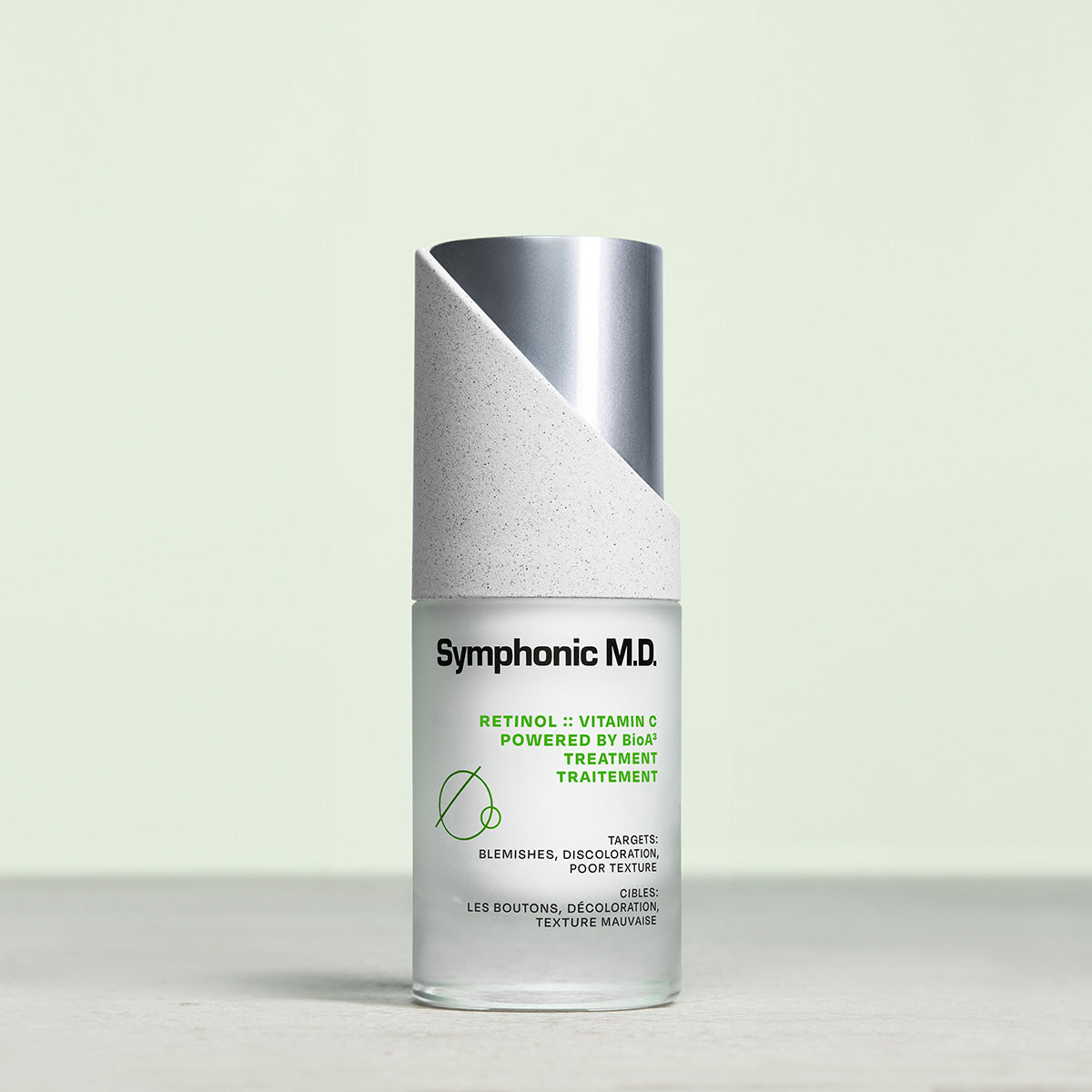
Retinol :: Vitamin C
This anti-inflammatory serum powered by BioA3 targets blemishes, tone, and texture — helping to clear bacteria and smooth skin without clogging pores.
5. Add retinol to your routine
Retinol has been called the miracle ingredient of skincare. It's part of a group of chemicals called retinoids, which are derived from vitamin A. They all work on skin in similar ways — but retinol is the most effective without causing major side-effects.
Retinol increases cell turnover, boosts your skin to produce more collagen, and regulates your skin's natural oil levels. Translated into results, that means smoother skin texture, brighter skin tone, and fewer lines and dark spots.
New to retinol? Explore our beginner’s guide to retinol and find all the information you need to start using retinol safely and effectively. Dive into insights, tips, and expert advice to navigate your skincare journey with retinol today!
6. Wear sunscreen every day
As we've already mentioned, sun damage is one of the biggest causes of uneven skin texture. It's also a major contributor to aging, another trigger for rough and bumpy skin.
The sun's UVB rays go through skin and damage its essential structures like collagen, elastin, and keratinocytes and that makes skin dry, rough, and less resilient.
Fortunately, it's an easy fix. Adding sunscreen to your daily routine will go a long way toward protecting your skin for the future. When UVB levels are high, you can also wear protective clothing and avoid too much sun exposure. This is especially important if you use retinol to improve your skin texture, since it can make your skin more sensitive to light.
7. Soothe acne with salicylic acid
If you have rough, bumpy skin caused by acne, then you should also look for products containing salicylic acid. It's a natural chemical exfoliant that unblocks pores and removes blackheads. You'll see fewer blemishes, and potentially fewer acne scars — resulting in smoother skin overall.
8. Use an at-home skin peel
Treatments like retinol will take a while to get results. They're highly effective, but they take time. However, if you want to see changes fast, then you could try an at-home skin peel. This works by peeling away the layers of rough, blemished skin, leaving fresh new skin underneath.
We'd opt for an at-home glycolic acid peel. It uses the same active ingredients as a chemical exfoliant, just in a higher concentration.
Be extra careful to follow the instructions. Skin peels have dramatic effects because they're so strong, but you don't want to accidentally cause more skin irritation.
9. Consider a dermarolling device
Dermarolling is a treatment that you can have at home or with a skincare professional. A small roller is covered with tiny needles to create minuscule punctures in your skin and stimulate skin growth.
Done right, dermarolling can improve uneven skin texture and even make your skincare products more effective by making your skin more absorbent. However, we'd recommend having a skincare professional apply it, especially if you're new to dermarolling. Just like an at-home glycolic acid peel, you'll need to follow instructions and be careful not to overdo it.
10. Consider professional treatments
Active ingredients and at-home treatments will treat most cases of uneven skin texture. But if you need to take things up a notch, then there are professional treatments available too.
Laser and light therapy
This kind of treatment uses heat and/or light to improve skin tone and texture. Here are just a few of the options:
- Laser treatments use heat to resurface skin and stimulate collagen production.
- Blue light therapy can help with acne treatments.
- Red light therapy (RLT) may stimulate collagen production and blood flow while reducing inflammation.
- Infrared light therapy increases blood flow deep in the skin and may boost wound healing.
- Fractional resurfacing devices, under brand names such as Fraxel, go deeper to treat acne scars and sun damage.
Professional peels
You can use professional-level treatments as a step up from at-home peels and exfoliants. They're designed to slough away dead skin quickly, and they can be tailored to your skin type and skincare goals.
However, because they're more powerful than at-home treatments, you should also be prepared for side-effects. You might notice redness, swelling, or peeling for about a week after the treatment. Skin might look more pink or brown than usual for a few weeks.
11. Make skincare seasonal
Your skincare should change with the seasons, just like your clothes!

Just as you need cool, comfortable clothes for summer and warm, protective clothes for winter, your skin needs different products at different times of year. Changes in the weather can affect your skin's hydration, oil production, and overall texture.
- Spring: focus on lightweight moisturizers and sunscreen. This is a good time to repair any damage from the cold winter weather.
- Summer: make sure you're using sunscreen every day to protect against sun damage. Cleanse your skin thoroughly each day to remove oil, sweat, and dirt.
- Autumn: as the temperature cools and humidity rises, it's time to focus on moisturizing products. However, you'll still need sunscreen.
- Winter: this is when your skin is most vulnerable to dryness. Facial oils can be especially nourishing and protective.
12. Stay hydrated
It's the most basic piece of skincare advice ever … but for good reason. Staying hydrated will make a huge difference to your skin's texture and appearance. Add a refillable bottle to your daily essentials, and make sure you use it!
13. Introduce supplements
Vitamin and mineral supplements can add an extra boost to your skincare routine. While your skincare products work on the outside, the right supplements will give your body what it needs to produce healthy skin from the start.
For example, collagen is an essential ingredient that your body needs for smooth, flexible skin. Vitamins A, C, D, and E also play an important role in skin health.
14. Manage stress
It might seem unfair — but if you can't handle your stress levels, then your skin will pay the price. Then you get to be stressed about your skin, too.
So how can you stay on top of things? Getting enough sleep, exercise, water, and healthy food will all make a big difference. Some skincare products are also designed to relieve the effects of stress on your skin.
15. Adjust your diet
Varied meals with plenty of vegetables, fruit, whole grains, and a healthy amount of protein and fat will support your skin.
There are also a few skin superfoods which are packed with the nutrients you need for smooth, resilient skin. Try adding more of these to your diet:
- Carrots
- Leafy greens such as spinach, kale, and arugula
- Cruciferous vegetables
- Pumpkin
- Sweet potato
- Salmon
- Chia seed
- Avocado
The bottom line
Battling uneven skin texture can be addressed effectively with a holistic approach that combines a tailored skincare routine, both at-home and professional treatments, and lifestyle changes. The most powerful skincare products use active ingredients such as retinol and glycolic acid to clear away rough patches and support healthy, smooth skin.
